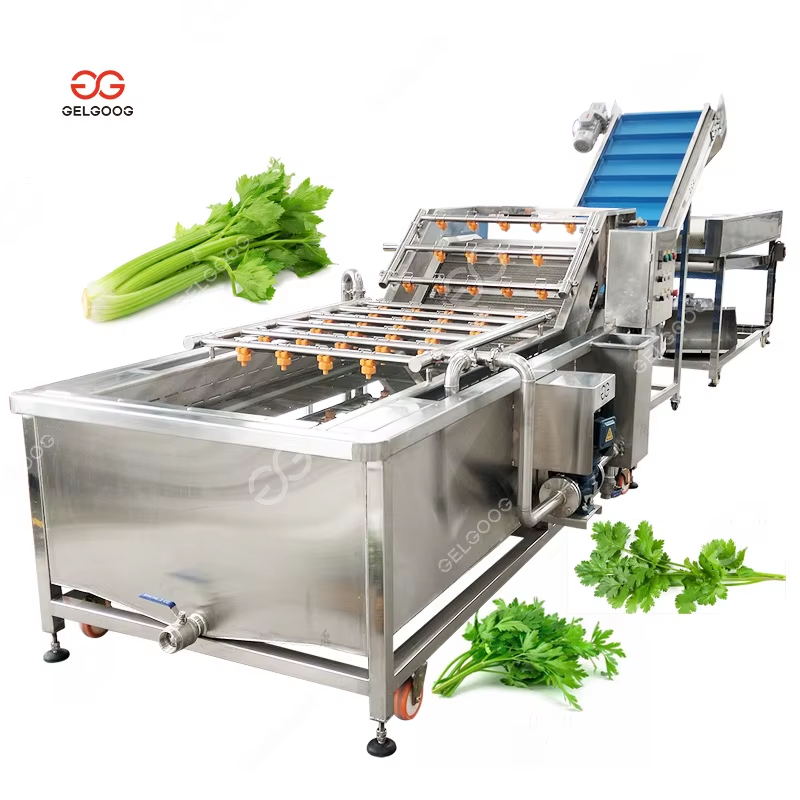Cleaning & Sanitization

The sanitization and decontamination of celery before being packaged or sold.
The sanitization process in commercial celery farming is a critical component of ensuring food safety and maintaining crop quality. It begins with pre-harvest measures, where fields are carefully managed to reduce contamination risks. This involves soil testing, crop rotation, and ensuring irrigation water meets stringent safety standards. Workers are trained to maintain hygiene in the field, and tools used during planting and harvesting are regularly sanitized.
Once harvested, celery undergoes thorough cleaning to remove dirt and reduce bacterial presence. This includes an initial rinse followed by washing in chlorinated or ozonated water, carefully monitored for safety. In the packing sheds, surfaces and equipment are disinfected to prevent cross-contamination, and workers use protective gear like gloves and hairnets to maintain cleanliness. Air filtration systems are sometimes employed in these facilities to minimize airborne pathogens.
After washing and packing, celery is stored in sanitized coolers to preserve freshness and limit microbial growth. Storage areas are kept clean, and transport vehicles are sanitized to ensure safe delivery to markets. This comprehensive sanitization approach protects consumers and helps farmers comply with food safety regulations, such as the FDA's Food Safety Modernization Act (FSMA).
Even though celery might look clean and fresh, washing it before use is essential for several reasons. First, during cultivation, celery can be exposed to soil, pesticides, and fertilizers, which may leave residues on the stalks. While commercial washing processes help reduce contaminants, they often do not remove everything. Washing at home ensures you're further minimizing any potential chemical residues.
Celery's natural structure, with grooves and crevices along its stalks, can trap dirt, bacteria, or insects that may not be visible. Additionally, during handling, transportation, and storage, celery comes into contact with various surfaces and hands, which can transfer bacteria or other contaminants.
Lastly, washing celery under running water removes any dust, debris, or microbes that may accumulate, giving you cleaner, safer produce to consume. For extra care, you can scrub the stalks gently or soak them in a water-and-vinegar solution for a deeper clean.


